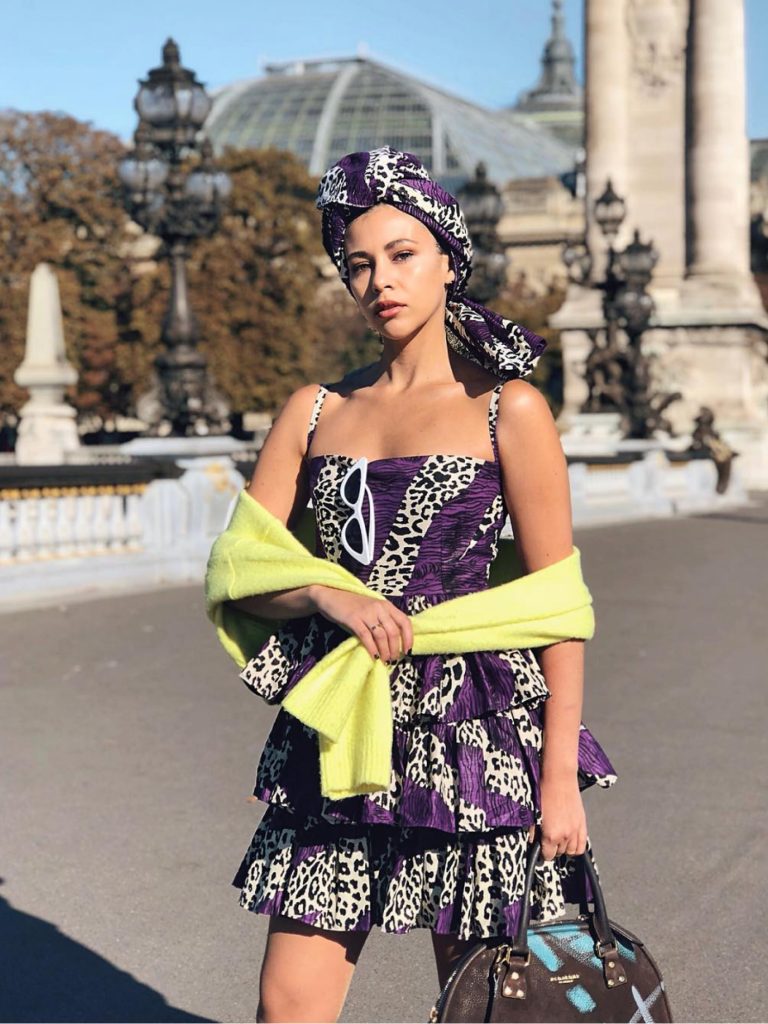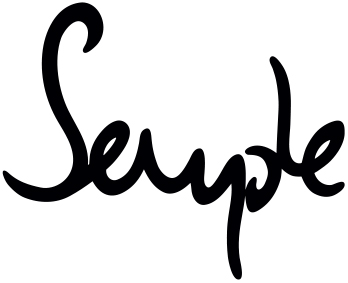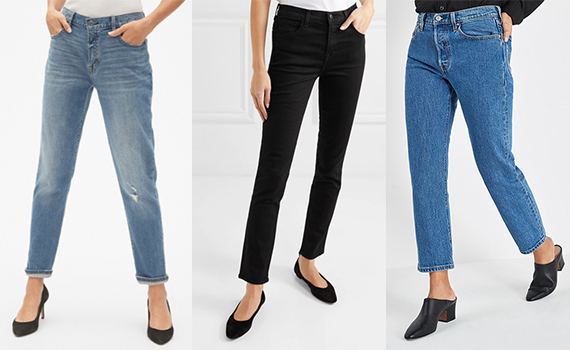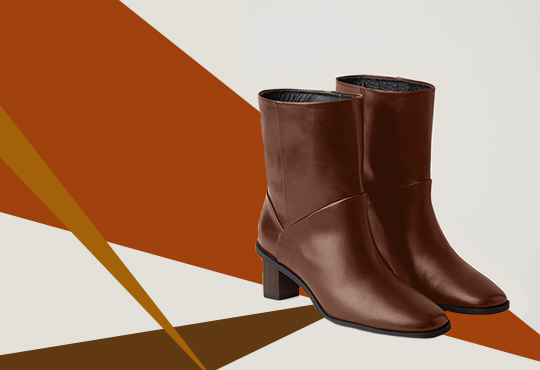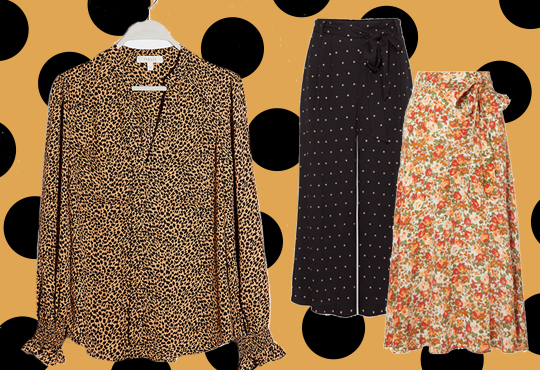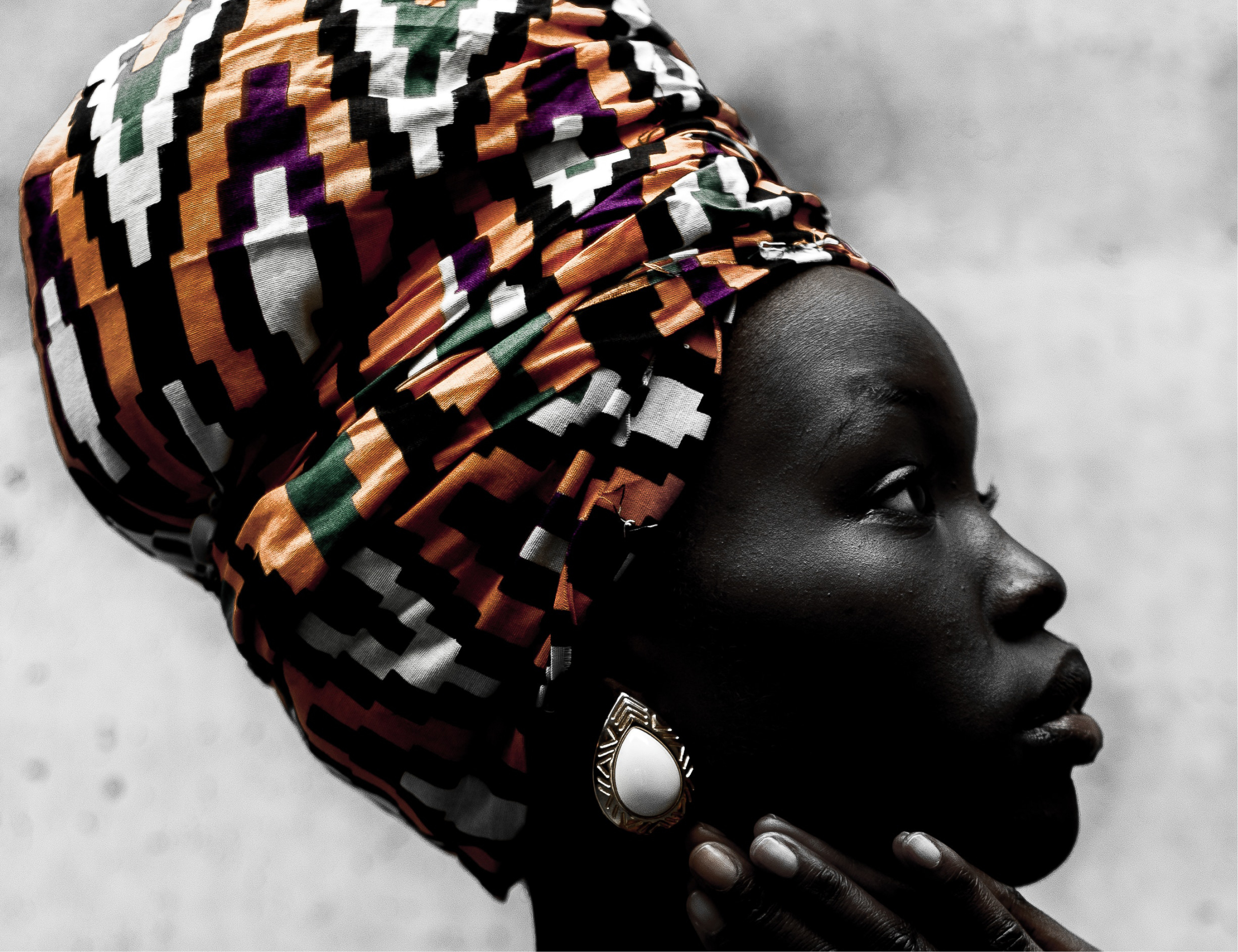
Vogue, which started as a weekly newspaper in 1892, is one of the most renowned fashion magazines of all time. Since it’s establishment in America, Vogue has subsequently seen the of establishment of British Vogue in 1916 and since then, it has extended it’s reach to almost every region of the world including Latin America and countries such as Russia, Germany, China and even Hong Kong. With it’s reach extending far and wide, it is only natural to question why a Vogue Africa does not exist.
The fact that a Vogue Africa does not exist has caused an enormity of debate and discussion at Conde Nast International and in the fashion industry at large. It is Africa after all, Ethiopia specifically, has the world’s fastest growing economy and a flourishing fashion industry to match. Advocates for a Vogue Africa such as Naomi Campbell have gone as far as to say that Vogue Africa ‘would be an appropriate way to recognise the continent’s contribution to the global fashion industry.” While this is true, the crux of the problem is that Africa is such a vast region and with such vastness comes a number of cultures, traditions and religions.
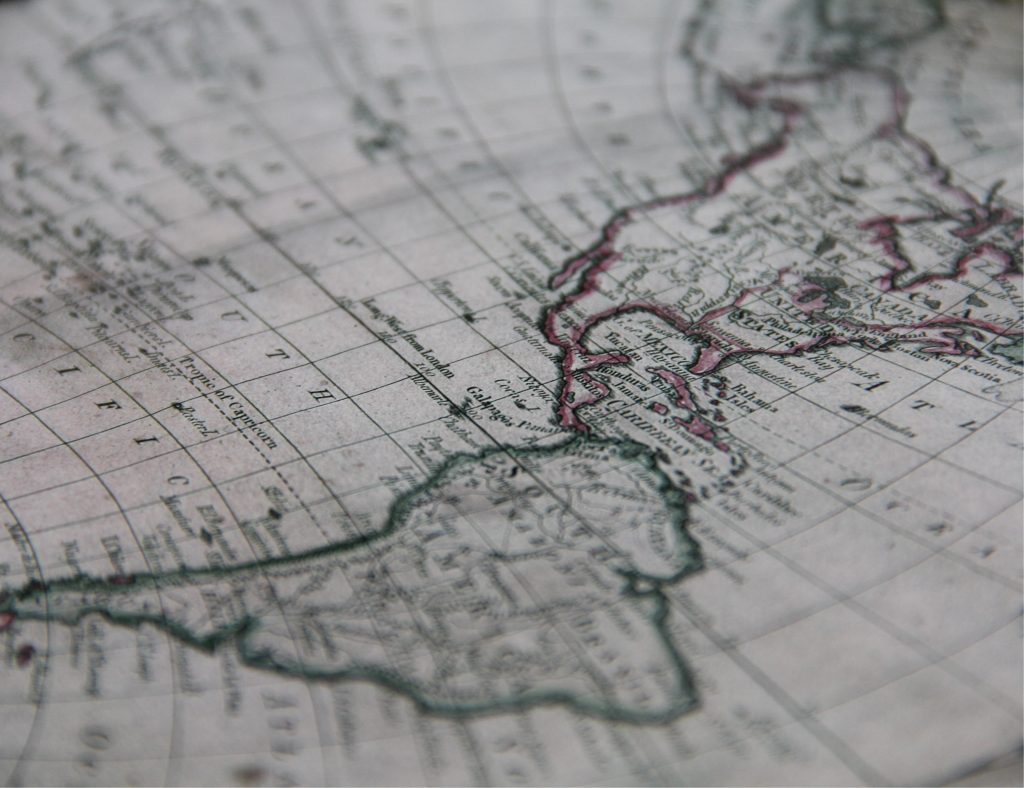
Advocates against a Vogue Africa have furthered this reasoning, saying that “Africa is a continent, with 54 diverse countries; why should they all be lumped together?” (Business of Fashion 2018).
Indeed, this is true. The diversity of Africa cannot possibly be represented and culminated into one magazine. In fact, Africa’s population alone is divided into two main religions: an estimated 53 percent are Christian and the remaining 47 percent are Islamic (Pew Forum 2015). Additionally, this statistic does not even include the multitude of other religions that exist in Africa. On top of that, there are approximately 1500-2000 languages spoken in Africa. Indisputably, statistics tell us that Africa’s religion, culture, traditions and subsequently fashions, are much too diverse and divided to be put into one magazine.
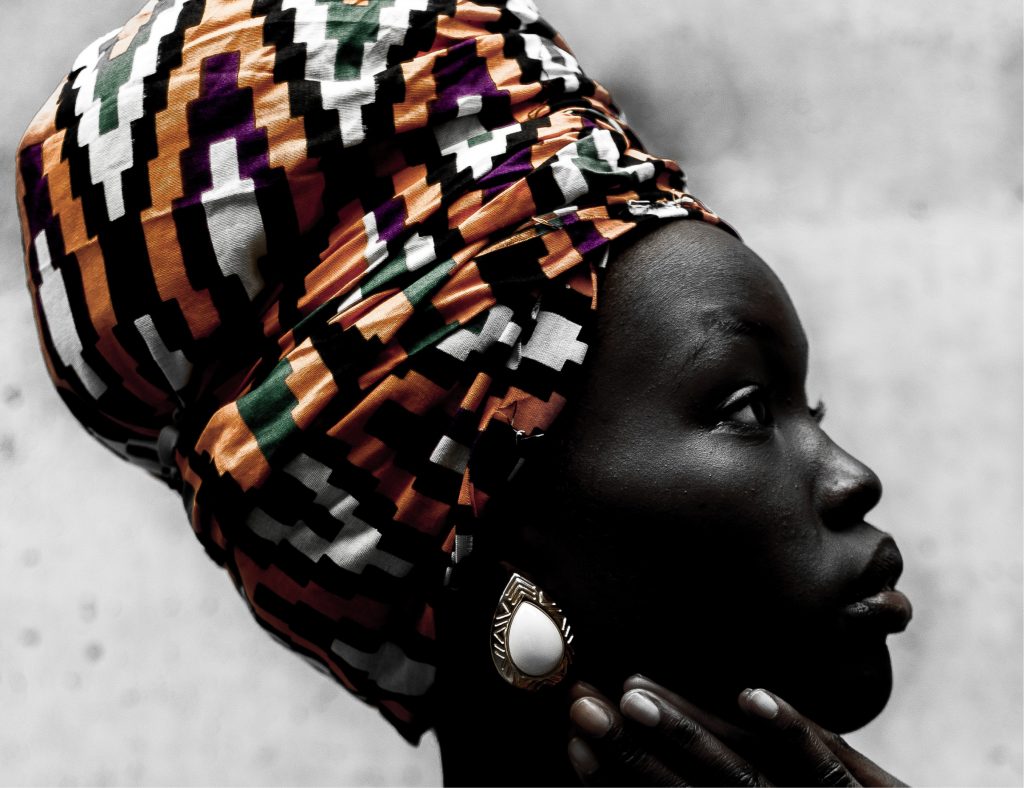
On the flip side of the coin, advocates for a Vogue Africa argue that while Africa may be diverse and divided, the idea of a Vogue Africa does not deny or reject any country or the diversity that exists throughout the continent (Business of Fashion 2018). Instead, a Vogue Africa would leverage the diversity that Africa has to offer (Business of Fashion 2018). Indeed this is true, while countries like Nigeria and South Africa may have the infrastructure and fashion industry required to support a magazine like Vogue, creating a singular Vogue South Africa or Vogue Nigeria would reject what other countries have to offer. Perhaps then, the most singular important point for a Vogue Africa is that it would give other countries the chance to showcase their fashion, who would otherwise not have the chance or capability of doing so. In fact is this not what the Middle East did?
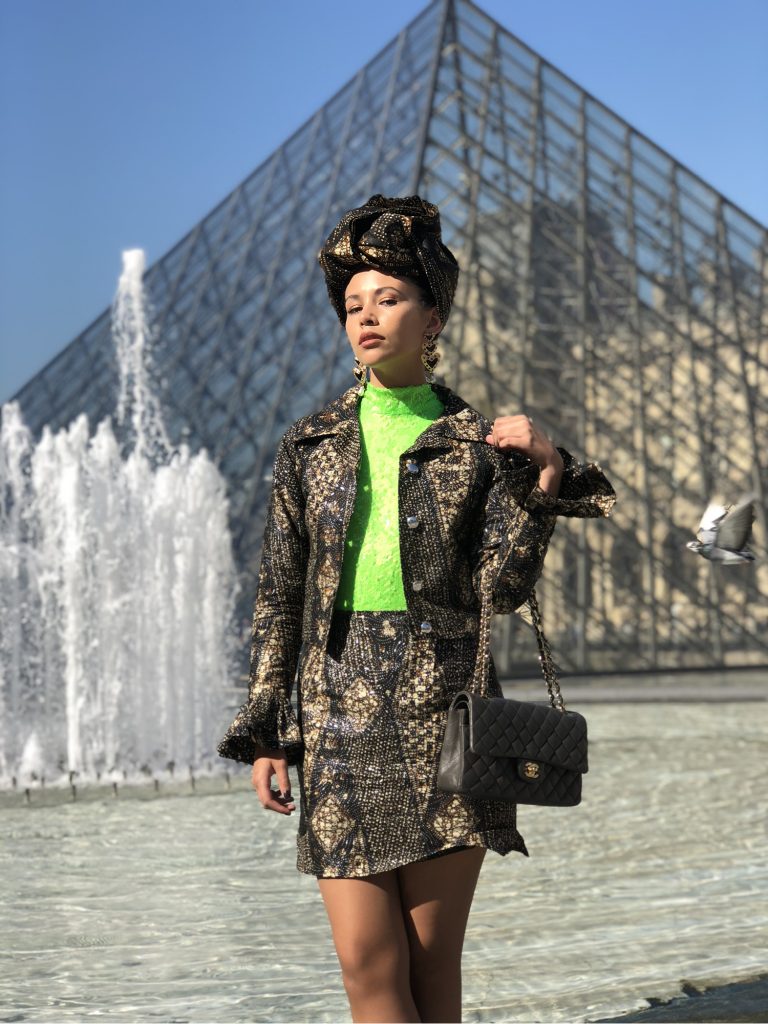
The Middle East had the same problem as Africa. It is also a large region with numerous religions, cultures and traditions, but like Africa, only a select few countries had the capability to maintain a magazine like Vogue. The answer was to create a Vogue Arabia that would neither reject or promote any singular country. While it can be argued that Vogue Arabia’s case is slightly different as 93 percent of the population is Islamic (compared to Africa where religion is a lot more diverse and divided) it is important to note that the Middle East is still largely diverse, especially within the religion of Islam itself.
It is imperative that a Vogue Africa must come into being. Whatever side that one takes or believes in, it is time that Africa’s beauty and fashion takes the spotlight. Africa must follow in the footsteps of Vogue Arabia and Vogue Latina America as it will never fully represent everyone but it’s a good start.
